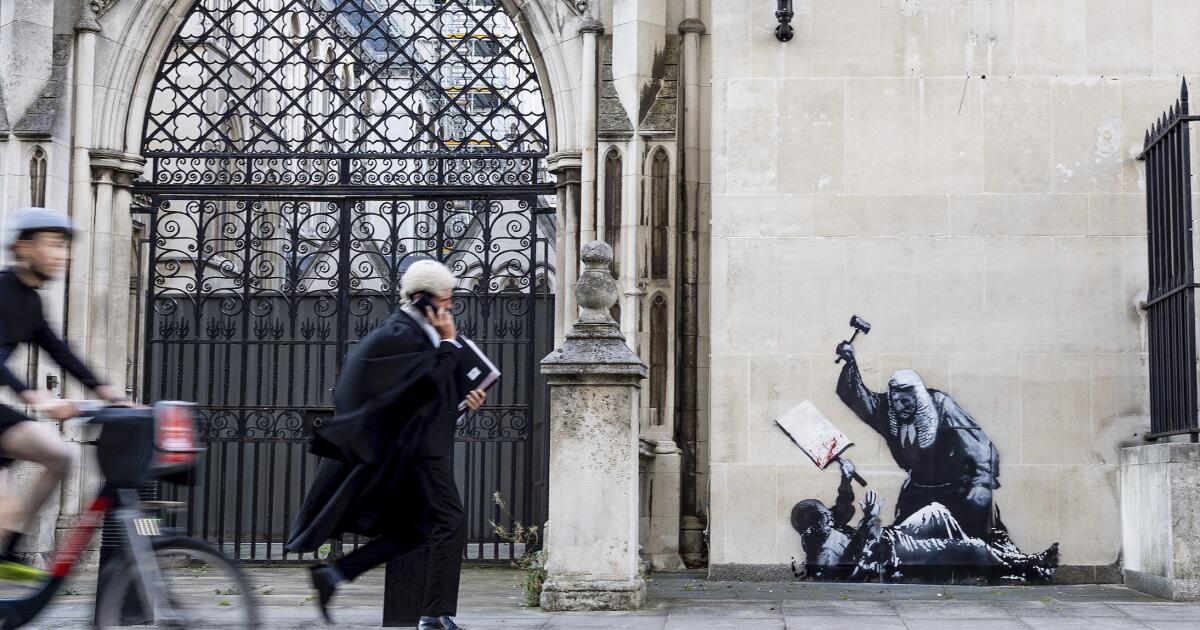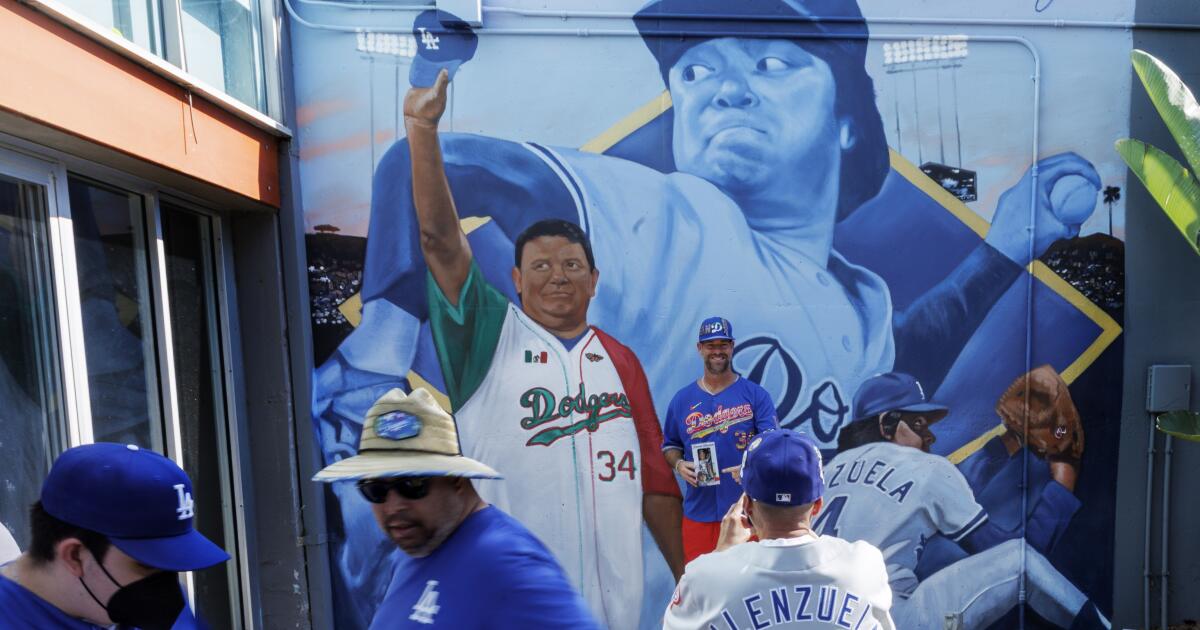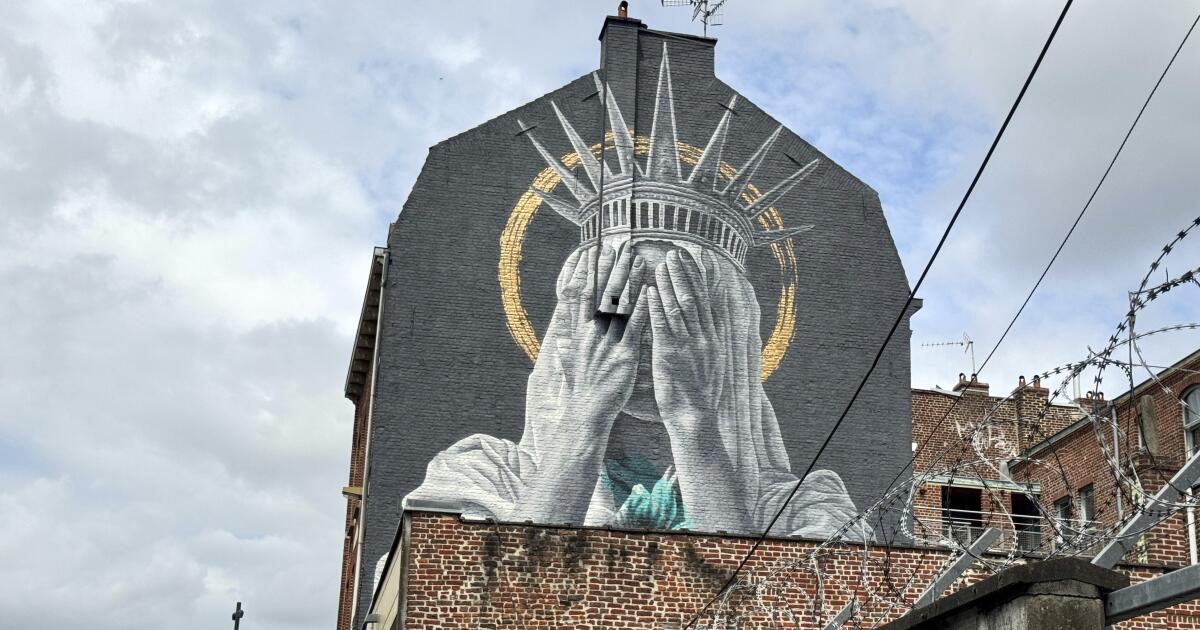Banksy unveils a new mural of a judge beating a protester outside London court
LONDON — A new mural by elusive street artist Banksy showing a judge beating an unarmed protester with a gavel has appeared outside a London court.
The mural depicts a protester lying on the ground holding a blood-splattered placard while a judge in a traditional wig and black gown beats him with a gavel. Banksy posted a photo of the work Monday on Instagram, his usual method of claiming a work as authentic. It was captioned “Royal Courts Of Justice. London.”
While the artwork does not refer to a particular cause or incident, activists saw it as a reference to the U.K. government’s ban on the group Palestine Action. On Saturday almost 900 people were arrested at a London protest challenging the ban.
Defend Our Juries, the group that organized the protest, said in a statement that the mural “powerfully depicts the brutality unleashed” by the government ban. “When the law is used as a tool to crush civil liberties, it does not extinguish dissent, it strengthens it,” the statement said.
Security officials outside the courthouse covered the mural Monday with sheets of black plastic and two metal barriers, and it was being guarded by two officers and a CCTV camera.
Banksy began his career spray-painting buildings in Bristol, England, and has become one of the world’s best-known artists. His paintings and installations sell for millions of dollars at auction and have drawn thieves and vandals.
Banksy’s work often comments on political issues, with many of his pieces criticizing government policy on migration and war.
At the Glastonbury Festival last year, an inflatable raft holding dummies of migrants in life jackets was unveiled during a band’s headline set. Banksy appeared to claim the stunt, which was thought to symbolize small boat crossings of migrants in the Channel, in a post on Instagram.
The artist has also taken his message on migration to Europe.
In 2019, “The Migrant Child,” depicting a shipwrecked child holding a pink smoke bomb and wearing a life jacket, was unveiled in Venice. A year prior, a number of works including one near a former center for migrants that depicted a child spray-painting wallpaper over a swastika were discovered in Paris.
Banksy has also created numerous artworks in the West Bank and Gaza Strip over the years, including one depicting a girl conducting a body search on an Israeli soldier, another showing a dove wearing a flak jacket, and a masked protester hurling a bouquet of flowers. He also designed the “Walled Off Hotel” guesthouse in Bethlehem, which closed in October 2023.
Last summer, Banksy captured London’s attention with an animal-themed collection, which concluded with a mural of a gorilla appearing to hold up the entrance gate to London Zoo.
For nine days straight Banksy-created creatures — from a mountain goat perched on a building buttress to piranhas circling a police guard post to a rhinoceros mounting a car — showed up in unlikely locations around the city.
Doye writes for the Associated Press.


